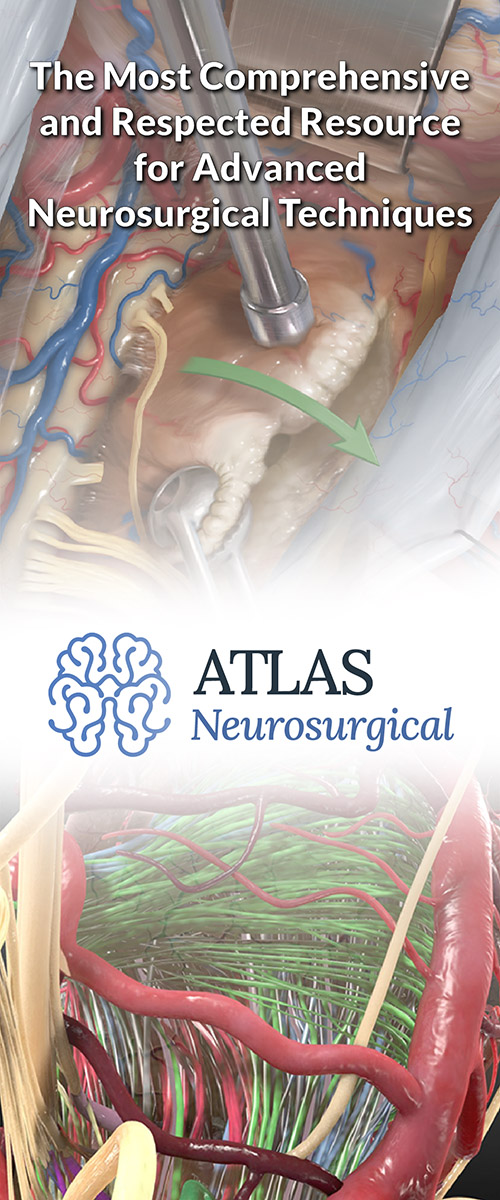Symptoms of Pilocytic Astrocytoma
Pilocytic astrocytoma (PA) is a type of brain tumor that starts in astrocytes, a type of supportive cell in the central nervous system (CNS). Classified as a Grade I tumor by the World Health Organization (WHO), it is considered low-grade, meaning it typically grows slowly and has a favorable prognosis.
PAs are most often diagnosed in children and teenagers, making them the most common brain tumor in this age group. While they can develop anywhere in the CNS, they are most frequently found in areas like the cerebellum, optic pathways, brainstem, and hypothalamic region.
This blog aims to provide a clear and comprehensive guide to understanding pilocytic astrocytoma, focusing on its symptoms and causes. By shedding light on how this tumor develops and the signs to watch for, we hope to empower patients, caregivers, and families with the knowledge needed to recognize early warning signs, seek timely medical attention, and feel more informed about this condition.
Symptoms of Pilocytic Astrocytomas
The symptoms of pilocytic astrocytoma (PA) vary depending on the tumor’s location, size, and growth rate. They often result from the tumor pressing on nearby structures in the central nervous system (CNS) or disrupting normal physiological processes. Below are the common symptoms based on the tumor’s location:
Cerebellar Pilocytic Astrocytomas
When located in the cerebellum, PAs can interfere with motor coordination, leading to:
- Ataxia: difficulty with balance and coordination
- Dysmetria: inability to control the range of movements
- Nystagmus: involuntary eye movements
- Tremors
Patients may also experience headaches, nausea, and vomiting due to increased intracranial pressure caused by obstructive hydrocephalus, which occurs when the tumor blocks the flow of cerebrospinal fluid (CSF).
Why should you have your surgery with Dr. Cohen?
Dr. Cohen
- 7,000+ specialized surgeries performed by your chosen surgeon
- More personalized care
- Extensive experience = higher success rate and quicker recovery times
Major Health Centers
- No control over choosing the surgeon caring for you
- One-size-fits-all care
- Less specialization
For more reasons, please click here.
Optic Pathway and Hypothalamic Pilocytic Astrocytomas
Tumors in the optic pathway can cause visual symptoms including loss of vision in one or more parts of the eye.
If the hypothalamic region is affected, hormonal issues may arise, such as:
- Early onset puberty or delayed growth
- Diabetes insipidus, a condition leading to high volume urination.
Additionally, these tumors can lead to diencephalic syndrome, a condition characterized by severe weight loss despite a normal or increased appetite.
Brainstem Pilocytic Astrocytomas
PAs in the brainstem may disrupt critical functions, resulting in:
- Cranial nerve palsies (affecting facial movement or sensation)
- Hemiparesis (weakness on one side of the body)
- Sensory deficits
- Altered vital functions, such as abnormal breathing or unstable blood pressure and heart rate
Spinal Cord Pilocytic Astrocytomas
Tumors in the spinal cord can cause:
- Weakness in one or more extremities, or sensory changes
- Back Pain
- Bowel, bladder, or sexual dysfunction
Cerebral Pilocytic Astrocytomas
Tumors located in the cerebral hemispheres may cause seizures, which can be an early and sometimes the first symptom.
Like many intracranial tumors, PAs can lead to headaches, particularly in the morning or with activities that increase pressure, such as coughing or straining. Increased intracranial pressure may also cause papilledema, visible during an eye exam.
Recognizing these symptoms is crucial for early diagnosis and timely treatment, helping to improve outcomes for those affected by pilocytic astrocytoma.
Causes and Development of Pilocytic Astrocytoma
The exact cause of pilocytic astrocytoma (PA) remains unclear, as most cases occur sporadically without a known trigger. However, researchers have identified several factors that may contribute to its development:
Genetic Syndromes
Pilocytic astrocytomas are often linked to certain genetic conditions, such as neurofibromatosis type 1 (NF1). People with NF1 are at higher risk of developing optic pathway gliomas, many of which are pilocytic astrocytomas.
Specific genetic changes have been identified in PAs, particularly in the BRAF gene:
- The BRAF-KIAA1549 fusion is the most common alteration. This genetic fusion activates a pathway called the mitogen-activated protein kinase (MAPK) pathway, which promotes cell growth and tumor formation.
- Another known alteration is the BRAF V600E mutation, which has also been linked to tumor growth.
Additional genetic changes, such as alterations in the FGFR1 gene or chromosomal abnormalities, have been observed in some cases. While their exact roles in tumor development are not fully understood, they are an area of ongoing research.
Environmental Factors
Environmental factors, such as exposure to ionizing radiation, have been associated with the development of brain tumors, including PAs. However, no specific environmental causes have been definitively linked to pilocytic astrocytoma.
How Pilocytic Astrocytomas Form
Pilocytic astrocytomas arise from astrocytes, a type of support cell in the central nervous system. These cells begin to grow abnormally, forming a slow-growing, well-defined mass.
Under the microscope, pilocytic astrocytomas have distinct features:
- Rosenthal Fiibers: Thick, elongated structures within the tumor.
- Eosinophilic Granular Bodies: Small, round structures commonly seen in these tumors.
- A characteristic biphasic pattern, alternating between areas of dense and loose cellularity.
Understanding the genetic and cellular factors behind pilocytic astrocytoma helps researchers and clinicians develop targeted treatments and provide better care for patients.
Treatment and Outlook for Pilocytic Astrocytoma
Pilocytic astrocytoma (PA) is typically treated with surgery, aiming for complete removal of the tumor. When the entire tumor is successfully removed, the prognosis is excellent, with most patients achieving long-term survival.
In cases where complete resection is not possible due to the tumor’s location near critical brain structures, additional treatments such as radiation therapy or chemotherapy may be considered, especially for recurrent or residual tumors. Advances in understanding genetic changes like the BRAF-KIAA1549 fusion have also opened the door to targeted therapies. With its generally slow growth and benign nature, PA offers a favorable prognosis for most patients.
Key Takeaways
- Pilocytic astrocytoma (PA) is a slow-growing, Grade I brain tumor commonly found in children and teenagers. It arises from astrocytes, supportive cells in the central nervous system, and often occurs in areas like the cerebellum, optic pathways, and brainstem.
- PA symptoms depend on the tumor’s location and may include headaches, seizures, vision problems, motor coordination issues, and hormonal imbalances. Early recognition of symptoms can lead to timely diagnosis and treatment.
- Genetic changes, such as the BRAF-KIAA1549 fusion and NF1 association, contribute to the development of PA, though the exact cause remains unclear.
- Surgical removal is the primary treatment, offering excellent outcomes when the tumor can be fully resected. Additional therapies, including radiation and targeted treatments, are options for complex cases.
- Understanding the causes, symptoms, and treatment options for pilocytic astrocytoma empowers families to seek appropriate care and improve outcomes.




